Blog
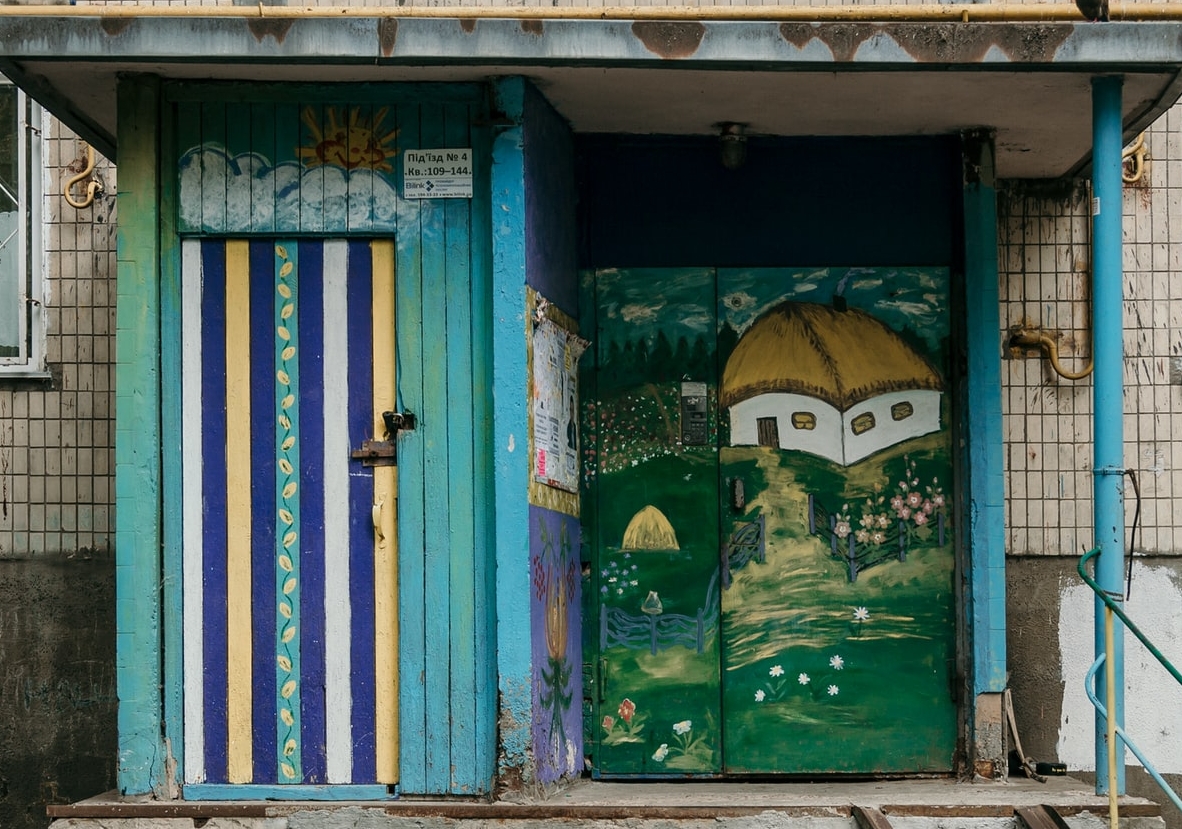
IPS Response to Russian Aggression in Ukraine
Statement by the Executive Board To download the statement as PDF file: https://peatlands.org/document/eb-statement-ukraine The International Peatland Society is deeply concerned about the ongoing military and political Russian aggression against the sovereign and independent state of Ukraine, supported by Belarus. All three countries have or have had members in the IPS, and cooperation has been fruitful over more than fifty decades, on professional as well as personal level. We have often stated that the IPS provided a bridge between countries even during the Cold War and that is has been excellent...
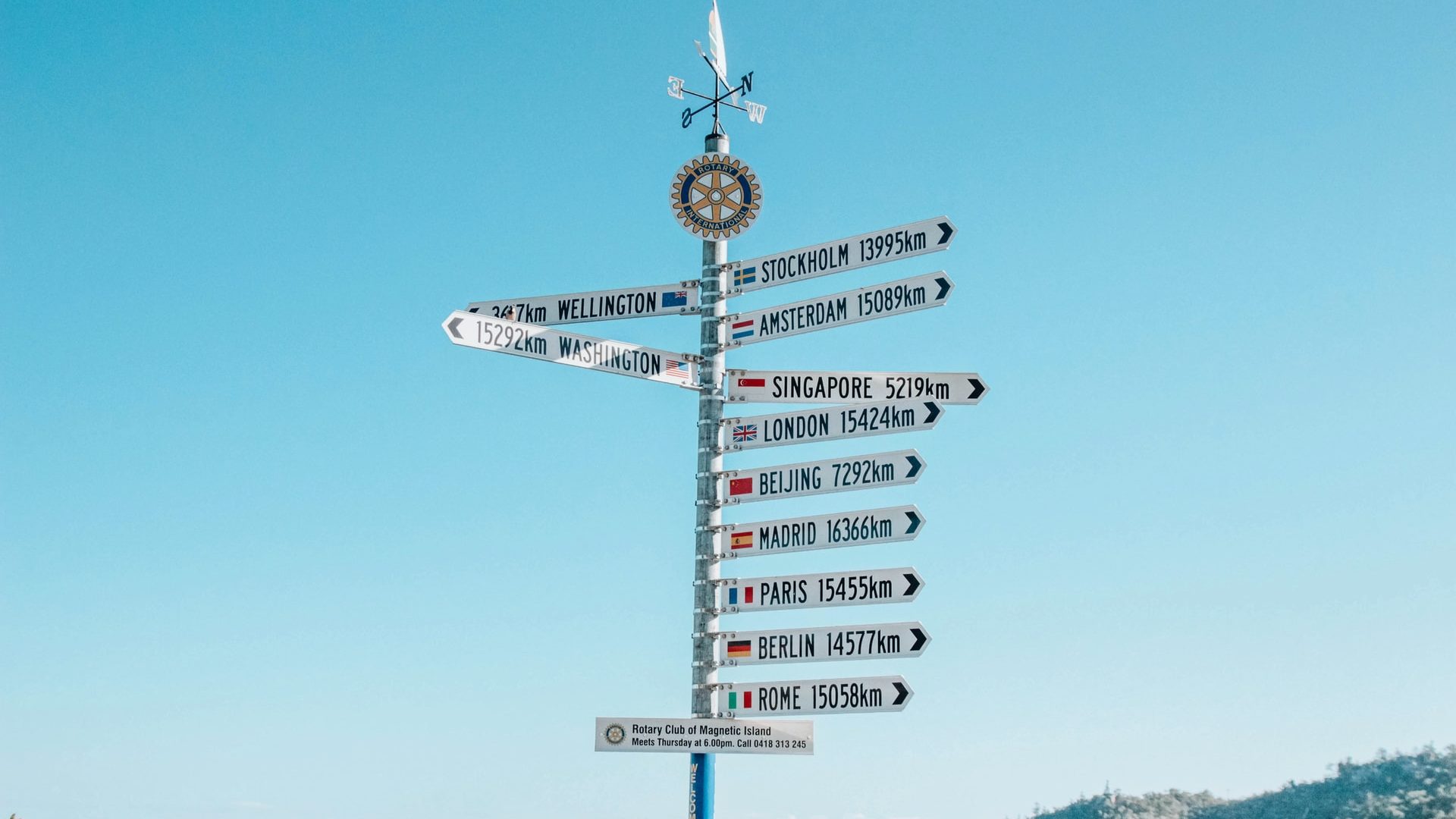
Executive Board Elections 2022
Wanted: Five New Executive Board members! IPS National Committees are kindly asked to submit their nominations for the IPS Executive Board (EB) until 7 February 2022. At least five positions will be vacant. Formally, a nomination letter and CV are required, also for current EB members that would like to be re-elected. Leaving EB members are: Sabine Jordan, Sweden Ingrida Krigere, Latvia (30 Dec) Lulie Melling, Malaysia Erki Niitlaan, Estonia Frank Tamminga, Germany The following EB members keep their positions until 2024: Marko Pomerants, Estonia, President Guus van Berckel, the...
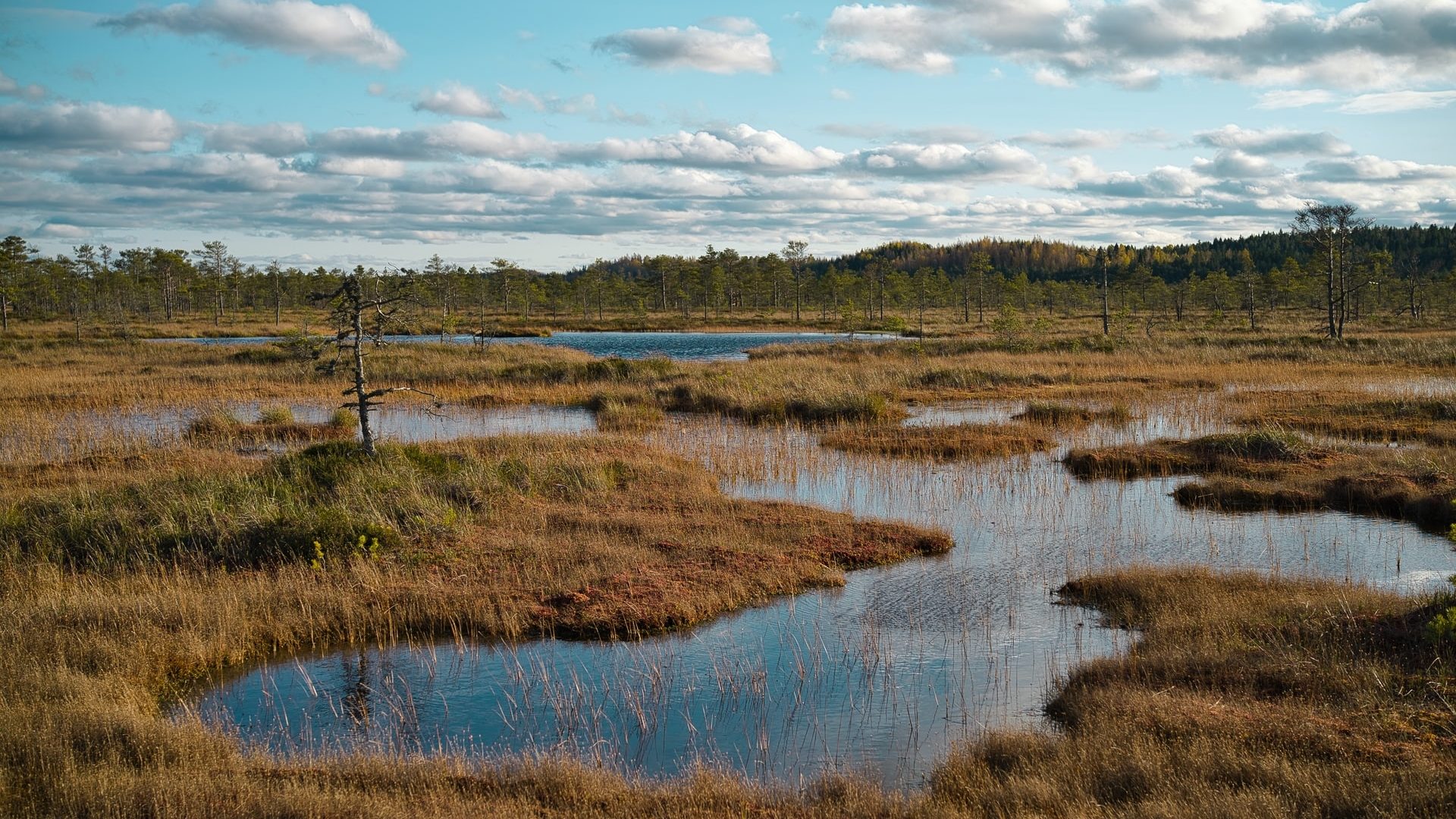
More exciting facts on Peat and Peatlands
The IPS offers further resources on its website, via its publications, events, commissions and expert groups. Do not hesitate to contact us or join us as a member! The following documents and videos were provided by our members especially for COP26: Videos Documents Links [caption id="attachment_7537" align="alignleft" width="990"] Photo by Maksim Shutov[/caption]
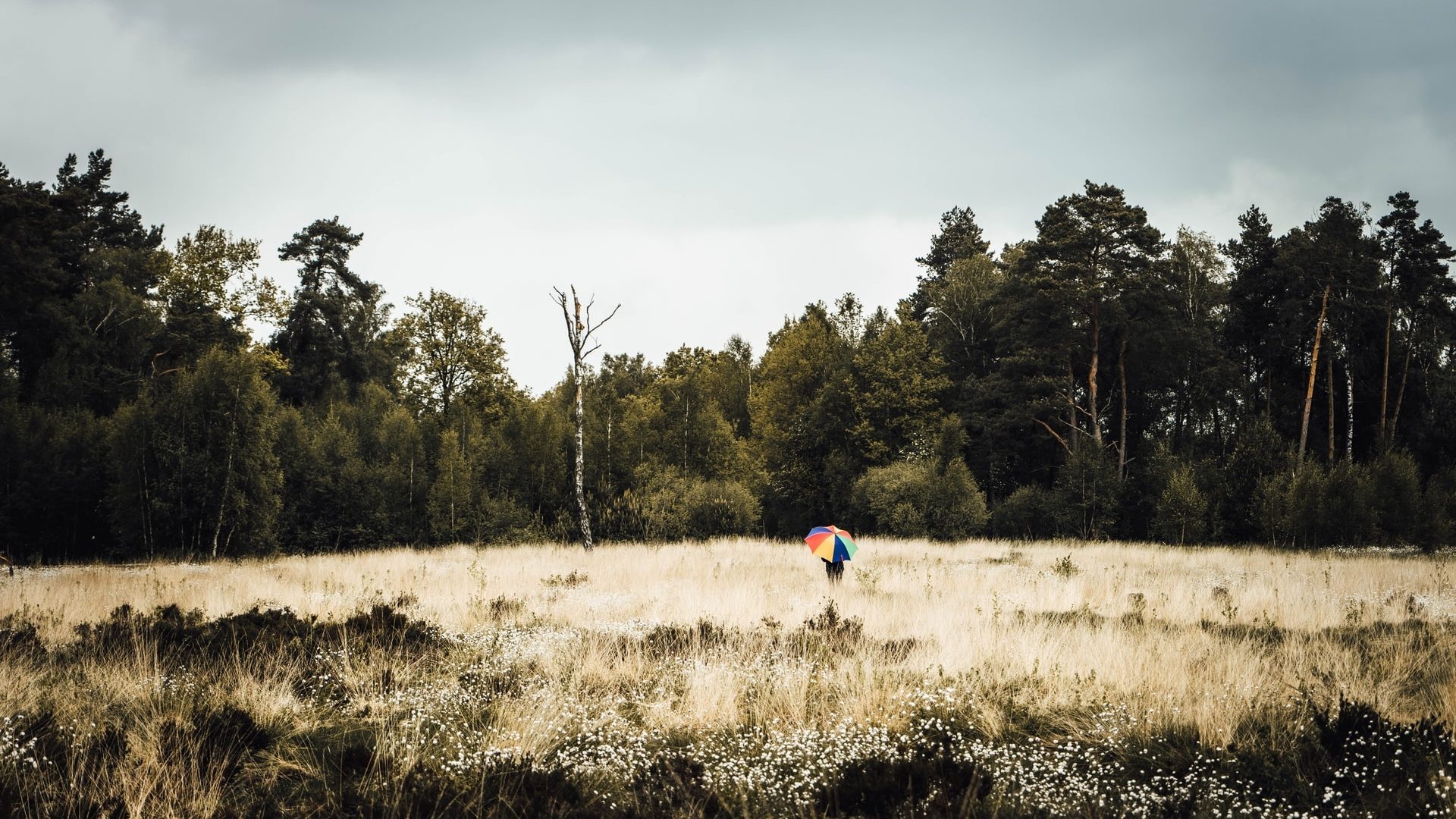
Peatland Restoration and Rehabilitation
Degraded peatlands are being restored in many parts of the world. These include areas impacted by humans, as well as those drained by natural processes, such as a lack of rain, erosion or overgrazing. Fundamentally, peatlands can be restored by blocking ditches, raising the water table, applying or encouraging typical mire vegetation and careful monitoring. To be successful, scientists and practitioners need to work together closely, especially if small test areas are upscaled to large bogs. Catchment hydrology, geology, biodiversity and climate have to be taken into consideration, as well...
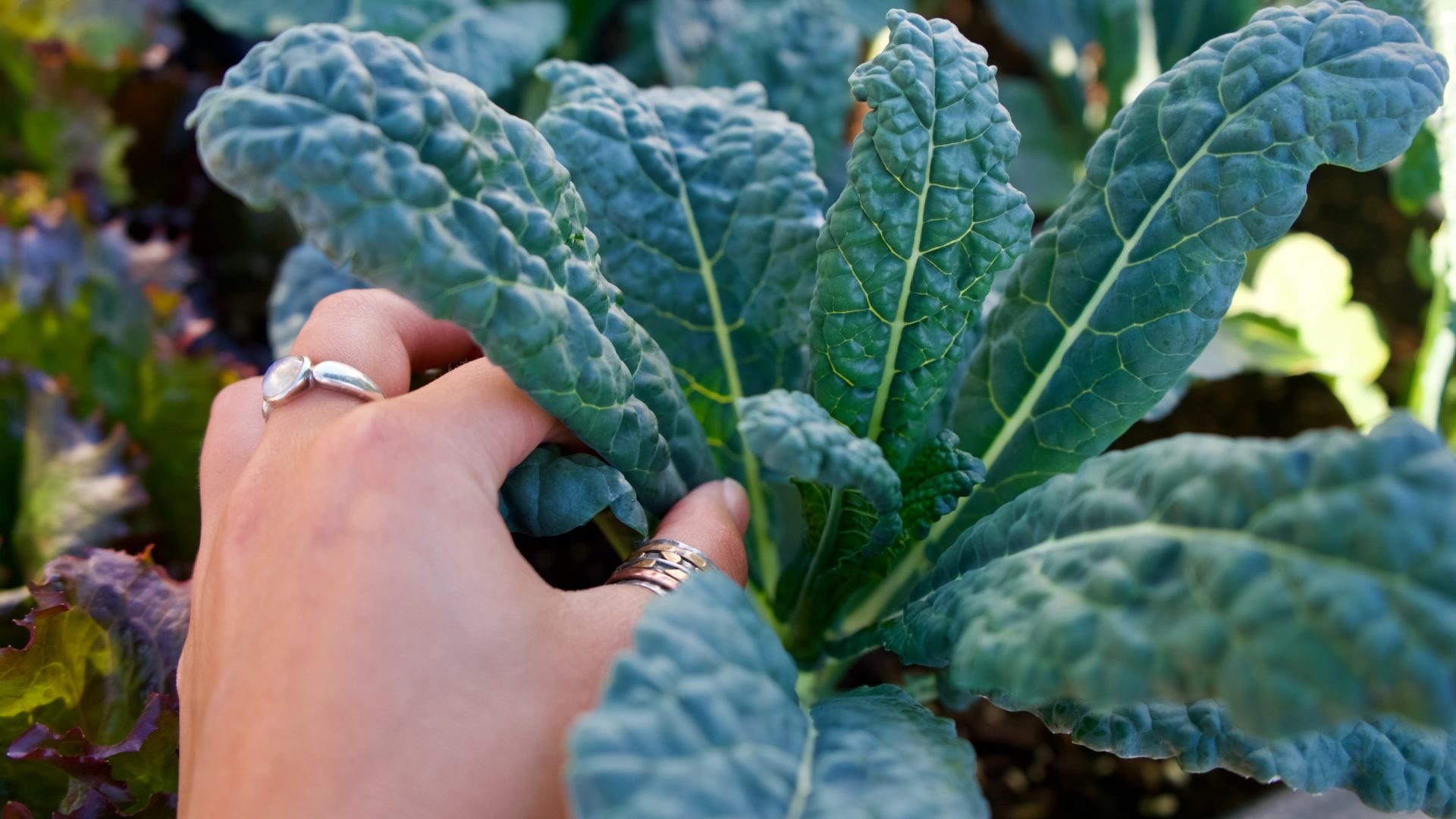
Peat and Peatlands in relation to Economy and Society
Peatlands are important for the environment and climate, but their role with regard to the economy and society is currently often underrated. People in rural areas depend on peatlands for water, food and raw materials. This applies, in particular, to the southern hemisphere, where inhabitants are highly dependent upon their natural environment, but with certain restrictions also to temperate and boreal regions. Peat has been used as a fuel and bedding material for centuries. The use of peat for energy is currently being phased out in many countries, including, e.g.,...

Open document database
Since 2019, the IPS has had its own fully-open document database. The database contains articles from IPS conference proceedings, policy papers and certain presentations and publications for which we hold copyrights. You can easily search the database by author, topic or year, for instance. Try here: https://peatlands.org/publications/document-database Additional content will be added by the Secretariat as time allows. The IPS headquarters in Jyväskylä also provide scans of older, printed proceedings on request. [caption id="attachment_7519" align="alignleft" width="1136"] Photo by Becca Tapert[/caption]

Peatlands International Mag
The IPS publishes its own magazine four times a year. The 40-60 page publication consists of reports written by peat and peatland enthusiasts on current research projects, interesting events, new publications and developments in science and industry. Subscription to the magazine is free for IPS members (electronically, PDF file), others can subscribe via our online shop. The next deadlines for articles are 15 November and 20 February. Subscribe to the magazine (2021 issues): https://bit.ly/ipsx2021 Download previous issues (2014-2020): https://bit.ly/pisearchpdf Order printed copies (1998-2013): https://holvi.com/shop/peatlands/section/magazines

Mires and Peat Journal
Mires and Peat is the joint peer-reviewed journal of the International Peatland Society (IPS) and the International Mire Conservation Group (IMCG). As a truly “free-to-users” publication, it is immediately accessible to readers and potential authors worldwide. The journal publishes high-quality research papers on all aspects of peatland science, technology and wise use, including: ecology, hydrology, survey, inventory, classification, functions and values of mires and peatlands; scientific, economic and human aspects of the management of peatlands for agriculture, forestry, nature conservation, environmental protection, peat extraction, industrial development and other purposes; biological,...

Peatlands and Climate Change – 2008 and 2021
Peatlands interact with climate through the uptake and release of greenhouse gases (GHGs). These are carbon dioxide (CO2), methane (CH4) and nitrous oxide (N2O). Emissions and their impact on climate and vice versa are studied worldwide by thousands of scientists, many of whom are members of the IPS. To understand the GHG balances of peatlands, a profound knowledge of their biology, chemistry and hydrology is required. There are also differences between geographical regions and mire types, which need to be taken into consideration. Mires are important carbon stocks and can...
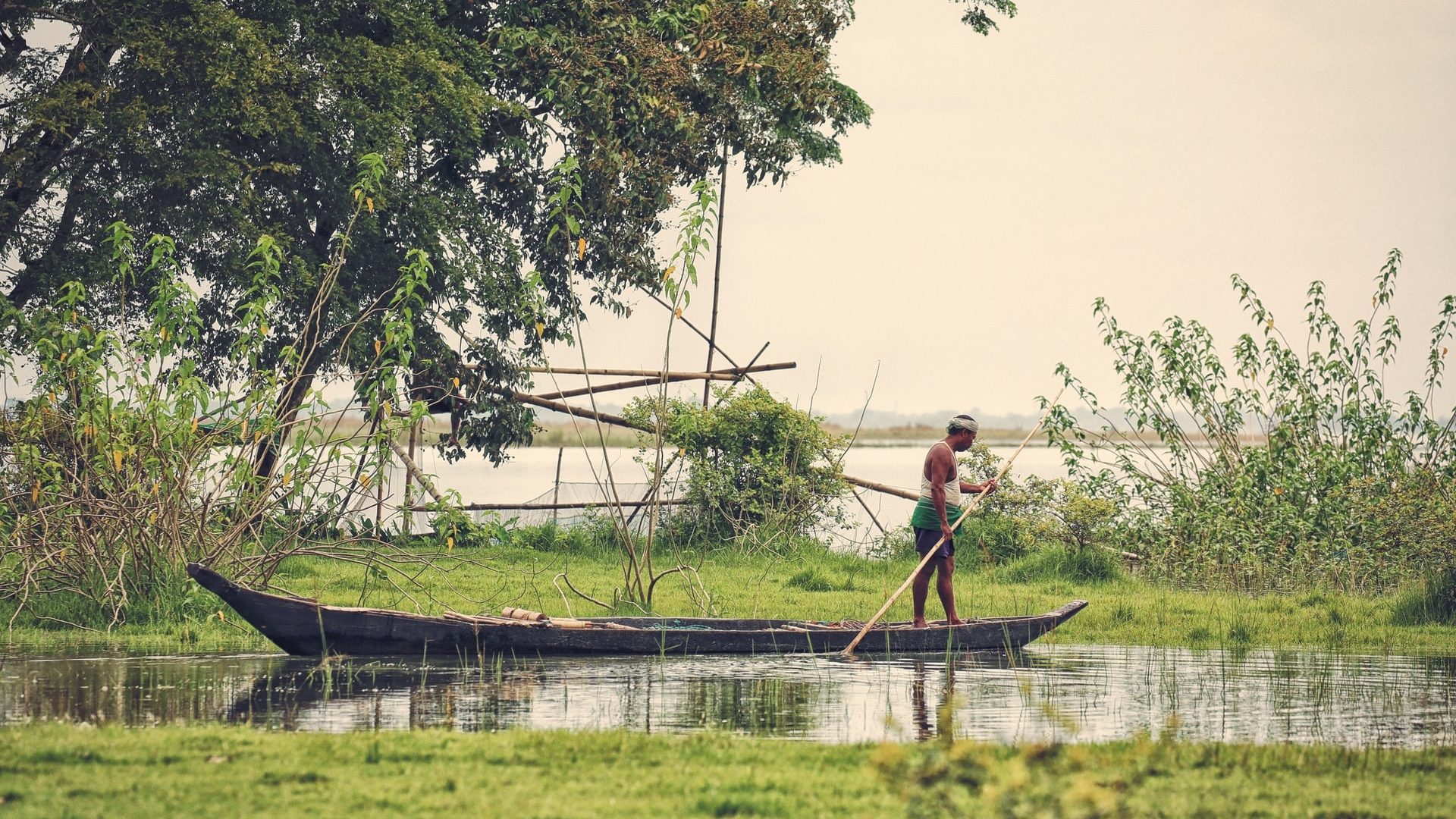
Wise Use of Mires and Peatlands – Backgrounds and Principles
Wise Use of Peatlands can be described as the uses of peatlands for which reasonable people now and in the future will not attribute blame. The IPS has developed a framework for Wise Use to resolve conflicts between the different values and uses of mires and peatlands. Overall, the major – anthropocentric – conflicts which arise with respect to peatland use are between those who wish to develop mires and peatlands for their production or carrier functions, and others who wish to preserve them for their regulation and non-material life-support...
